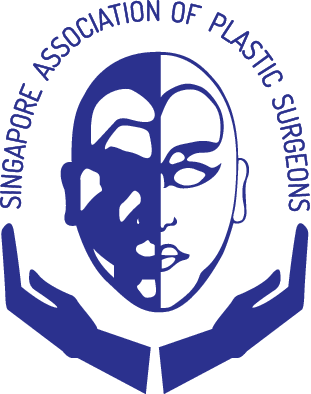ASIAN BLEPHAROPLASTY
TREATMENT
- Preparing for Surgery
Do inform your plastic surgeon of previous eye conditions and surgeries, any medical conditions and medications. Stop eyelid tape if this is in use. Avoid blood-thinning medications, anti-inflammatory drugs or herbal supplementations as they can increase the risk of excessive bleeding during surgery, unless indicated by your doctor.
- Surgery
There are 2 main forms of double eyelid surgery – incisional and suture. This procedure is usually performed under local anaesthesia, with or without sedation.
One complete incision is made along the new double eyelid crease in an incisional upper blepharoplasty. In a suture upper blepharoplasty, or SUB, smaller stab incisions are made along the crease. The crease, in both cases, is secured by internal stitches to ensure that the fold lasts.
There is usually less downtime and swelling after a SUB. It is a suitable option for those with minimal skin excess, thin eyelid skin and no ptosis. If you have puffy or loose upper eyelid skin, or ptosis, the incisional technique may be more suitable for you. Discuss your suitable option/s with your plastic surgeon.
If an epicanthoplasty is also performed, the inner eyelid corner fold is lifted and sutures are placed along the inner corner of the eyes.
- Post-Surgery Care
Bruising and swelling are expected after surgery. Major swelling should subside by 1 to 2 weeks for incisional upper blepharoplasty and less for SUB. The stitches are removed within a week. The final results is often apparent after 3 months. Cold compress is recommended for the first few days after surgery to reduce swelling. Antibiotic and lubricating eyedrops may be prescribed.
COMPLICATIONS AND MANAGEMENT
- Bleeding
- Infection
- Dry eyes
- Recurrence or lost of eyelid fold
- Unfavorable scarring
- Asymmetrical or high fold
- Possibility of revision surgery to address unfavorable results
